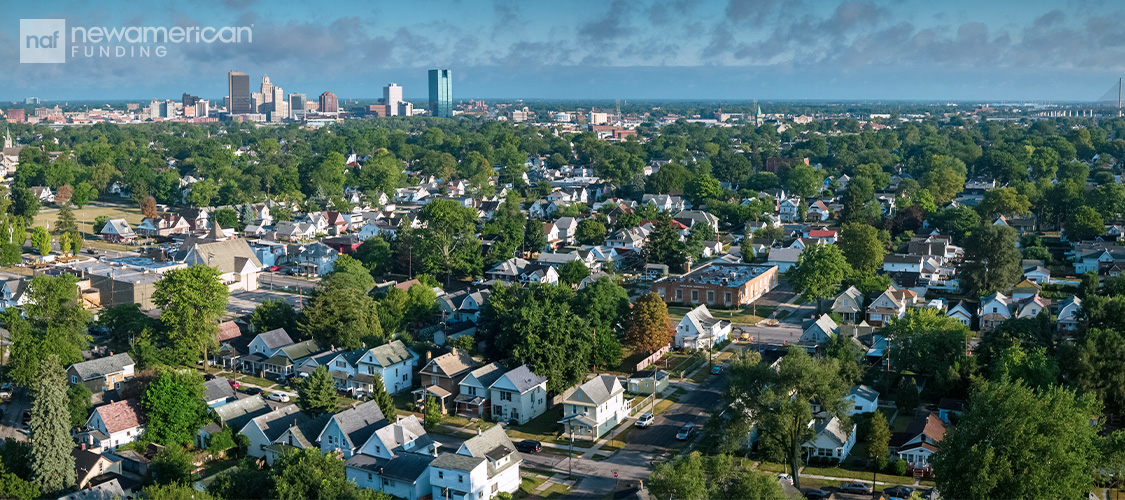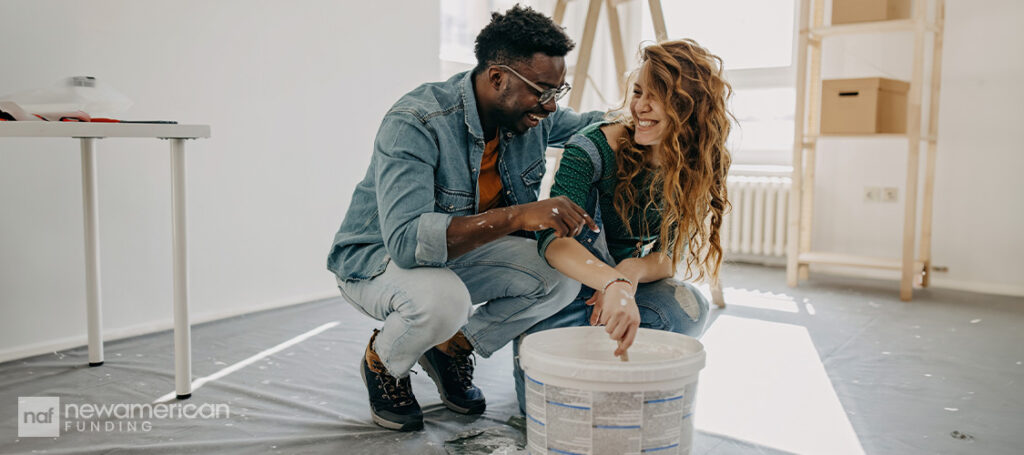
Homebuyers have had a rough couple of years. However, the housing market is expected to improve a bit for buyers and those hoping to refinance their mortgages in 2025.
Mortgage rates are expected to slowly come down. That should make buying a home more affordable.
“We’re looking for a reprieve in inflation and in mortgage rates,” said New American Funding Chief Investment Officer Jason Obradovich.
In addition, more homes are expected to go up for sale in the year ahead. That should lessen competition (and heated bidding wars), keep prices at least somewhat in check, and lead to more home sales.
“While more [housing] inventory means buyers will likely have more time to make purchase decisions in 2025, in any market, a fast-acting buyer will have a higher likelihood of making the winning offer,” said Realtor.com Chief Economist Danielle Hale in a statement. “For this reason, it’s wise to get prepared financially and for the home search overall.”
Mortgage rates will likely fall in 2025
The wild card in the housing market has been mortgage rates. They remained stubbornly high in 2024 despite the U.S. Federal Reserve cutting its own interest rates. (Mortgage rates are separate from the Fed’s rates, but typically move in the same direction.)
The Fed is expected to keep cutting its rates next year now that the rate of annual inflation has fallen closer in line to the Fed’s 2% target range. That should put pressure on mortgage rates to tick down.
Mortgage rates hit a high this year of an average 7.22% for 30-year, fixed-rate loans in the week ending May 2, according to Freddie Mac data. They fell to around 6.8% in November.
The National Association of Realtors (NAR) anticipates mortgage rates will stabilize around 6% in 2025.
NAR Chief Economist Lawrence Yun expects the U.S. Federal Reserve will cut its interest rates four times next year. That should result in mortgage rates “bouncing around” between 5.5% and 6.5% next year.
Rates in the 5% range could be a boon for both buyers and existing homeowners who hope to refinance their mortgages. Even small drops in rates can add up to big savings over time.
“If inflation continues to come down, then we should see [mortgage] interest rates continue to come down with it,” said New American Funding’s Obradovich.
Home prices aren’t expected to shoot up
The good news for homebuyers is that elevated mortgage rates are expected to keep home prices in check. Buyers are simply hitting their financial limits.
“Prices are not likely to go down, but I don’t know if they can go up,” said Obradovich.
NAR predicted median home prices will rise 2% year-over-year in 2025.
Zillow’s forecast expects home values to increase 2.6%, while Realtor.com’s forecast pegged it a bit higher, at 3.7%.
More homes are expected to go up for sale
An expected bright spot for buyers will be more homes on the market to choose from.
“More inventory should shake loose in 2025, giving buyers a bit more room to breathe,” said Zillow’s Chief Economist Skylar Olsen in a statement.
The number of existing homes for sale is forecast to increase by 11.7% in 2025 compared to 2024, according to Realtor.com.
Realtor.com also expects to see the number of single-family housing starts, a measure of how many new houses are under construction, to grow by 13.8% year-over-year.
Home sales are forecast to rise
Real estate experts expect more homes to be sold in 2025 thanks to an increase in the number of properties for sale and lower mortgage rates. The combination should incentivize more buyers to head back to the market.
“It feels like it’s going to improve from here,” said Obradovich.
Zillow anticipates home sales will rise from a projected 4 million in 2024 to about 4.3 million in 2025.
Realtor.com expects home sales will rise modestly by 1.5%, to 4.07 million, in the new year.
NAR was more optimistic, predicting home sales will jump 9% next year.
“Maybe the worst is coming to an end,” NAR’s Yun said in a statement.















